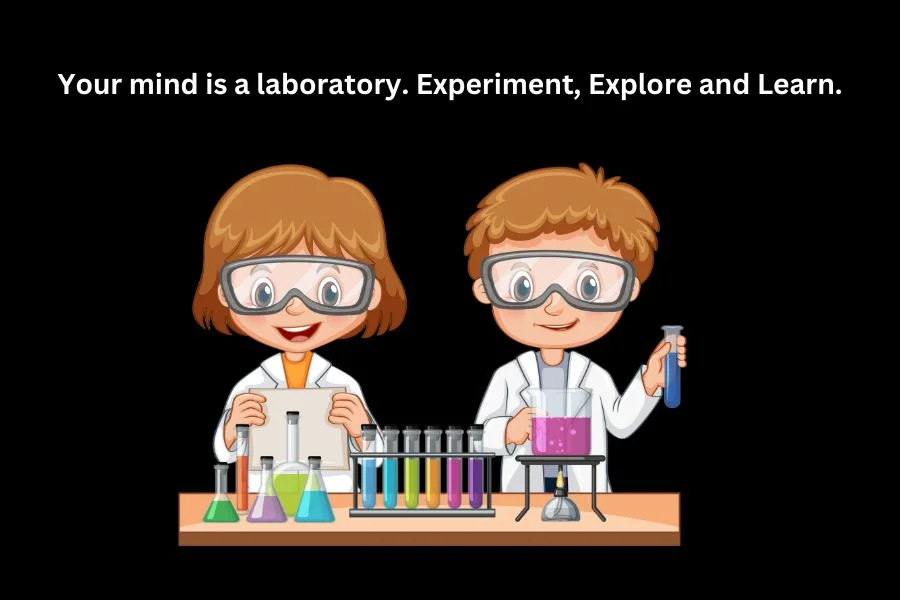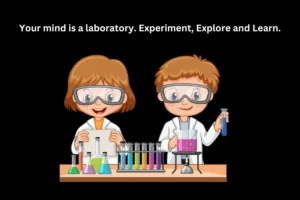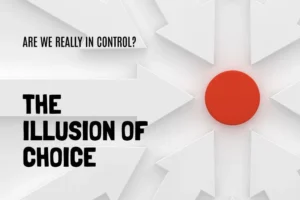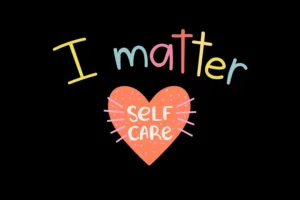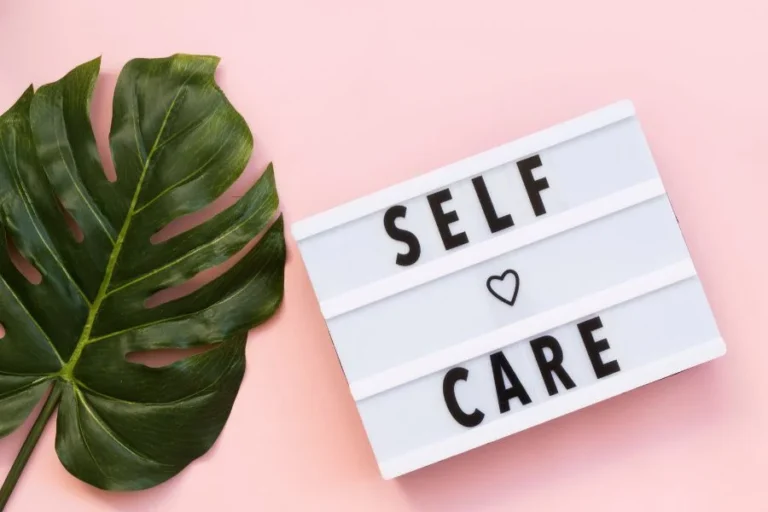Creative Psychology Experiment Ideas for Students
Psychology experiment ideas where theory meets reality.
- Content Reviewed by Dr. Michael Reed
As seen in the experiments, Psychology is a fun way to discover how our brains function. For instance, it is well-known that people remember pictures better than corresponding texts. That is why, in this article, you will get interesting and simple projects that you can do. These experiments are easy, and they can be carried out at home or in class. They can be done with a group of friends or can be done individually.
When you delve into these experiments, you will begin to see why people act the way they do in psychology. I’ll explain how our brains work and how we make decisions on these fun projects.
For instance, you can do a memory test using pictures and words. In fact, all you need is your curiosity; you do not need any specific apparatus for the task. It’s almost time for a wonderful journey and discover something new about how our brain works.
Easy Psychology Experiments for Beginners
Actually, many psychology experiments that can be performed are rather entertaining and simple to attempt! So here are the activities that you can do to get more information about how our mind works. These experiments are basic, easy for children, and do not require much equipment.
Memory Games to Try
A basic task you can use first is a memory match activity. Someone uses a card or picture. Bring them out and share with friends for a few seconds, then put a cover on them. Then, tell them to recall what they saw. This will help you understand how much people are able to remember.
For example, you can point to a picture of a cat and then cover it. Please get your friend to tell you the color of the cat and whether it is big or small. This game helps one comprehend how memory functions and how much information is stored in the memory.
Memory processes can be explored further by understanding the fundamentals of information processing theory, which outlines how the brain encodes, stores, and retrieves information.
Reaction Time Tests
Another fun experiment we can do is the reaction time test. For this, use a timer or a stopwatch. When some people detect a light or hear a sound, they have someone click a button or shout. This shows that people respond quickly to different stimuli.
“The brain is wider than the sky.”
Someone you know might be asked to wait for a flash of light and then push a button as soon as possible. This exercise helps one learn how quick one’s brain is in responding to and processing various events.
Famous Social Experiments Explained
Many times, we want to know why individuals behave the way they do when they are in large groups. Here are two famous experiments that tell how people act in Groups they are in, here it goes:
The Stanford Prison Experiment
Of course, one of the well-known experiments is the Stanford Prison Experiment. In this study, college students were divided into two groups: the guards and prisoners. It was the regional office that they played the drama in a mock prison setting.
From the findings, it was realized that people are capable of altering their behavior, especially where roles are involved. For instance, some of the guards were overbearing, while some of the prisoners were too depressed.

This experiment enables us to learn and realize that roles and situations do dictate people’s behavior context. However, this viewer or reader does not understand how people could be in real life.
The Milgram Experiment
The second is Milgram’s Experiment, which is widely known. In this experiment, people were required to inflict pain on another person who was an actor faking to be in pain. The outcome that emerged post-experimentation established that many people were willing to listen and obey directives even if their conscience ceased to function.
This experiment teaches us how the public listens to and obeys authority. It shows us how much we must consider what the authorities tell us to do.
Fun Experiments for High School Students
Still, high school students can learn more complicated but equally enjoyable experiments in psychology. These activities will help them understand how people reason and work.
Group Behavior Studies
One interesting thing to study is how individuals collaborate in a team. Gather three other people and assign them a task, such as building a tower from blocks. Observe how they make decisions and work together. This will help you understand when collaboration is helpful and when it can present challenges.
“Coming together is a beginning. Keeping together is progress. Working together is success.”
For example, in a certain family, some individuals may be authoritarian while others are weak. This helps you understand how specific people shape the structure of performance in an entire workforce.
Perception Tests
There is also another test called a perception test, which is considered quite interesting. Go to the closest person you can find, show him some optical illusions or trick pictures, and then tell them what you see. The knowledge that is taught here helps you to have some idea regarding how our brains process figures.
For instance, instead of using the image of a young woman and an old lady, it would be more appropriate to use a picture that has the faces of two women. This shows that when our brain is given information in the form of an image, it displays different interpretations of that image. It’s a fun way to get a look into how the brain works in the aspect of perception.
Creative Ideas for At-Home Experiments
In fact, psychological experiments are not restricted by some tools that you may require to make while at home. Below are some creative and simple activities that you can try with things you have around you.
DIY Memory Test
Try a memory test by picking on objects within your house surroundings.
Place a few items on a tray, such as a toy, a spoon, and a book. Explain to your friend what is on it for several seconds, and then cover the tray with a cover. Tell your friend to recall and note down all the things he or she observed.

For example, when you present a red toy car, a green spoon, and a blue book and then put them in a box, your friend may recall seeing the toy car but not the spoon. This test gives information about how our memory functions and the ability to remember something.
Sensory Experiments
How do our receptors work? Let’s try some activities on the senses. For instance, close your friend’s eyes and allow them to use their tongue to feel various foods with tastes such as sweet, salty, and sour. Tell them to challenge themselves to guess what they eat simply by taste.
A final method of communication you can also use is touch. Play the game of touching and letting your friend touch different objects with her or his eyes closed; for example, feel a soft blanket and a rough sponge. This assists you in discovering how specific body organs, such as the 5 Senses, enable us to comprehend the world and how the brain interprets these realities.
Creative Ideas for Social Psychology Projects
Since it is an interdisciplinary Science, social psychology helps to understand the interaction of people towards each other. Here are some creative project ideas that you can try to further your understanding of social behavior:
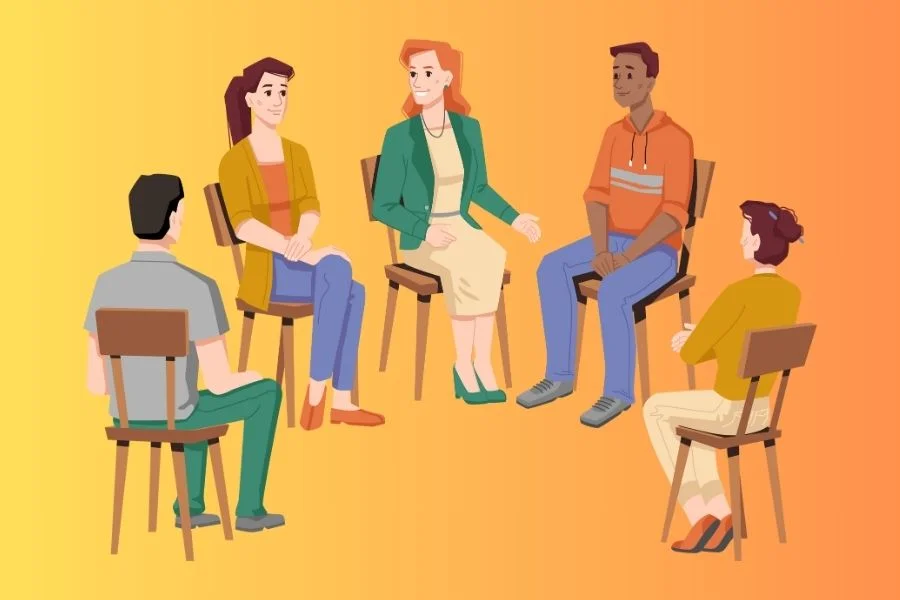
Friendship and Sharing Activity
An example of a fun project both will have towards each other is to study friendship and sharing. Below is the process of a project based on the practice and invitation for children to bring in their favorite toy or snack. Instead, observe how they feel and the kind of impact it has on their interactions with other people and the kind of relations they develop.
For example, you may have a “Sharing Day” in which everyone is required to bring a toy to be shared. See if the general world is happier after the sharing and if new friends can be made through sharing. Thus, based on the paper’s analysis, it can be understood that people must be caring in order to improve their relationships with other people, including friends.
Group Decision-Making Game
However, there is another example of an interesting project: the group decision-making game. Let’s arrange your class and divide it into groups and assign a task to each group of, let’s say, organizing a mini party. It may make sense to let each group have the right to decide what should be included in the activities that they perform and how to perform them.
“In the long history of humankind, those who learned to collaborate and improvise most effectively have prevailed.”
For example, one group may choose games that require physical movements, like tag, while the other may select board games. This helps you comprehend how individuals in a particular group develop different attitudes and how the entire organization moves ahead in making decisions on an issue. Role-play makes it easier to understand how a specific group arrives at decisions and concepts of teamwork.
Famous Psychology Experiments
Some well-known psychology experiments that could spark further inquiry include:
- Marshmallow test
- Cognitive Dissonance
- Bystander effect
- Piano stairs
- Hawthorne effect
- Halo effect
- False memory
- Little Albert
Designing Your Psychology Experiment
Well, this is a good way to engage in psychology as an experiment, where people can create their experiments. This is how you can come up with experimental art that is easy to perform and bears fruits in the form of lessons learned.
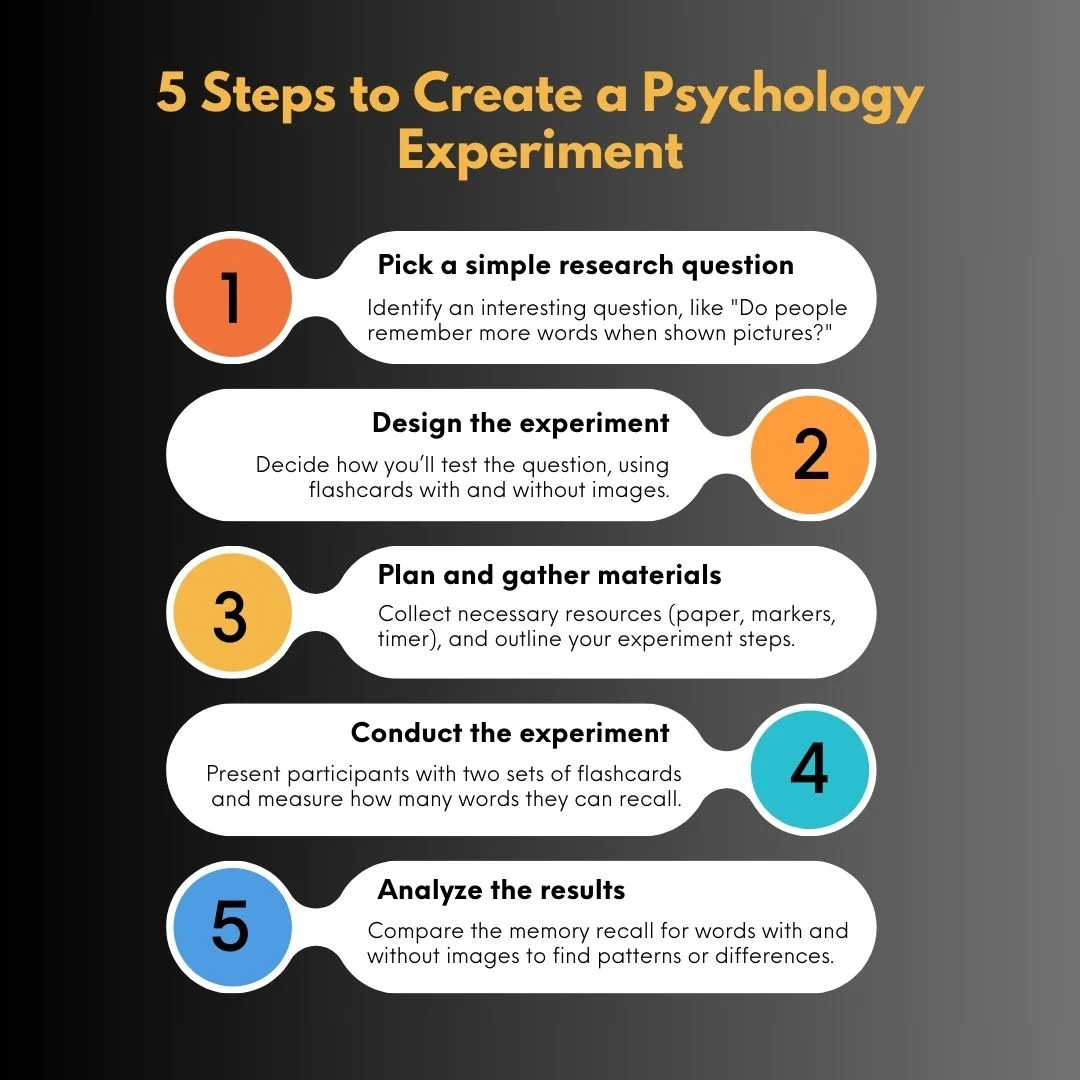
Choose a Simple Question
First of all, choose an easy question that would be interesting to answer for you. For example, a specific question you may want to ask might be, ‘ Do people retain more words if they see their pictures?’ To answer this, you need to think of what you want to learn and how you are going to carry out a study on the matter.
Try explaining it. For instance, one can take a list of words with pictures alongside the list of words without pictures and then ask friends to count how many of the words they are able to recall. This will help one comprehend how the images can affect memory.
Plan and Conduct Your Experiment
Secondly, it is recommended that one plan his experiment efficiently. Choose the required resources, such as paper, markers, and a timer. Be very clear on the kind of experiment you wish to conduct and the parameters you want to record.
For example, you may establish two sets of flashcards: with words only and with words and illustrations. You then present each set to your friends and then see the results of their memory recall. Note down the results and then check for any disparities. This step assists you in learning how to implement a psychology experiment and the process of organization and cooperation.
Final Thoughts
One has to agree that psychological experiments are actually quite fun, not to mention quite a lot of insight into how people behave. Whether it is a memory experiment, a group behavior experiment, or an experiment of your own making, every project makes you know more about people.
Remember that this is one of the best parts of these experiments: You are the scientist here, or on the other hand, you provide the specimens, samples, or objects of investigation. From this, you can see that with quite simple objects and quite ordinary situations, one can obtain an interesting result.
Therefore, call up your friends, choose a test, and have fun. They learn to play a number of games and write what they know how by just asking questions and experimenting for their selves. Keep on being curious, and enjoy your tests. Hopefully, you will come across something new about ourselves and the society in which we live!

